Pioneering research conducted at INL more than a decade ago now reaching the marketplace
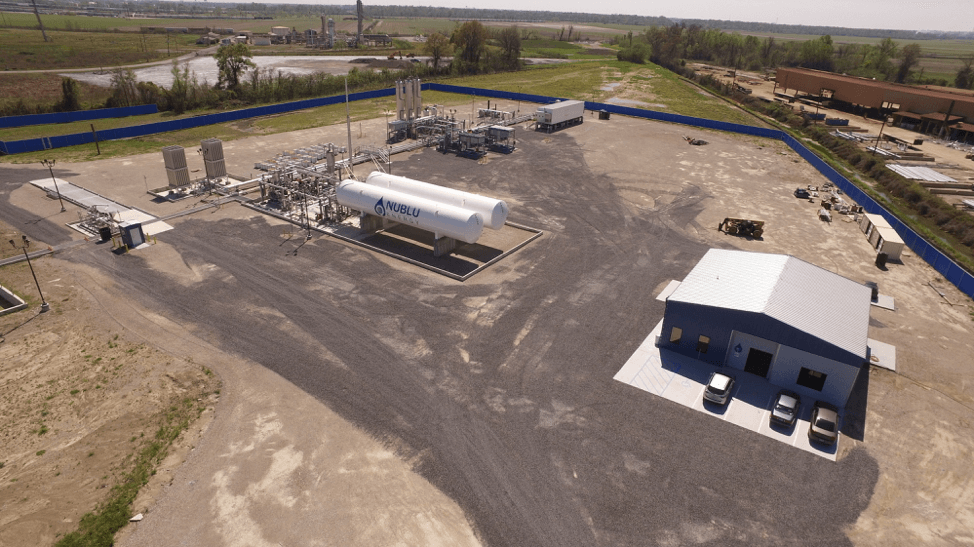
A new natural gas liquefaction facility that uses cryogenic technologies is utilizing research pioneered at INL over a decade ago.
A combination of microbes, organic acids and soap could help clean up oil spills
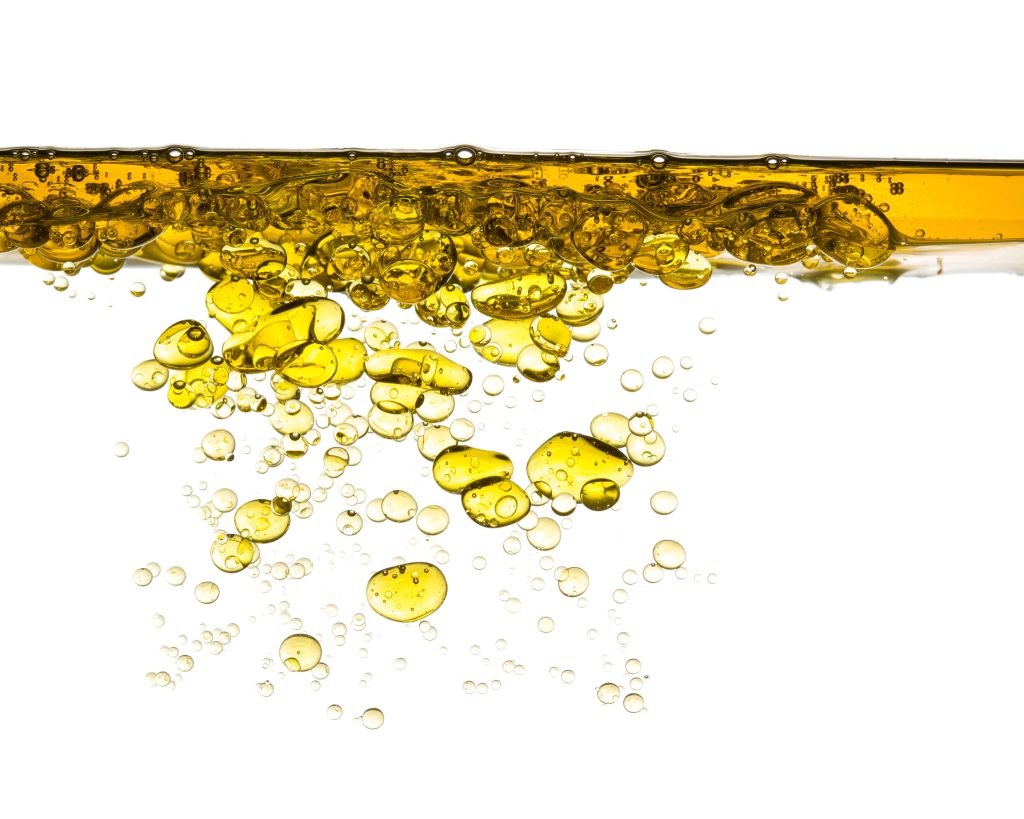
INL researchers are helping develop a Trace Element Humate Surfactant, which would be an environmentally friendly way to clean up oil and other spills.
Utah FORGE geothermal project involves INL modeling research
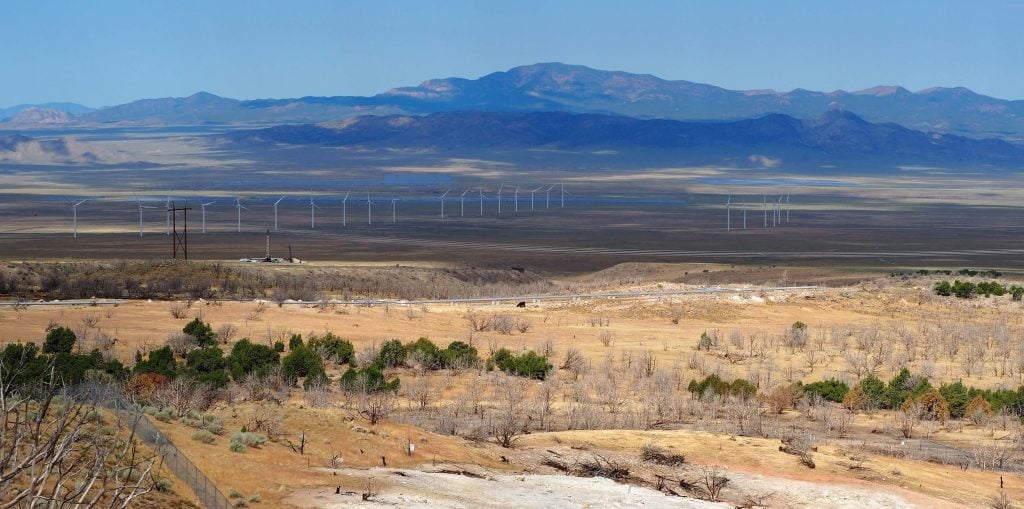
INL is to help with the research and development of geothermal systems at the Frontier Observatory for Research in Geothermal Energy (FORGE) in Utah.
EV charging in cold temperatures could pose challenges for drivers
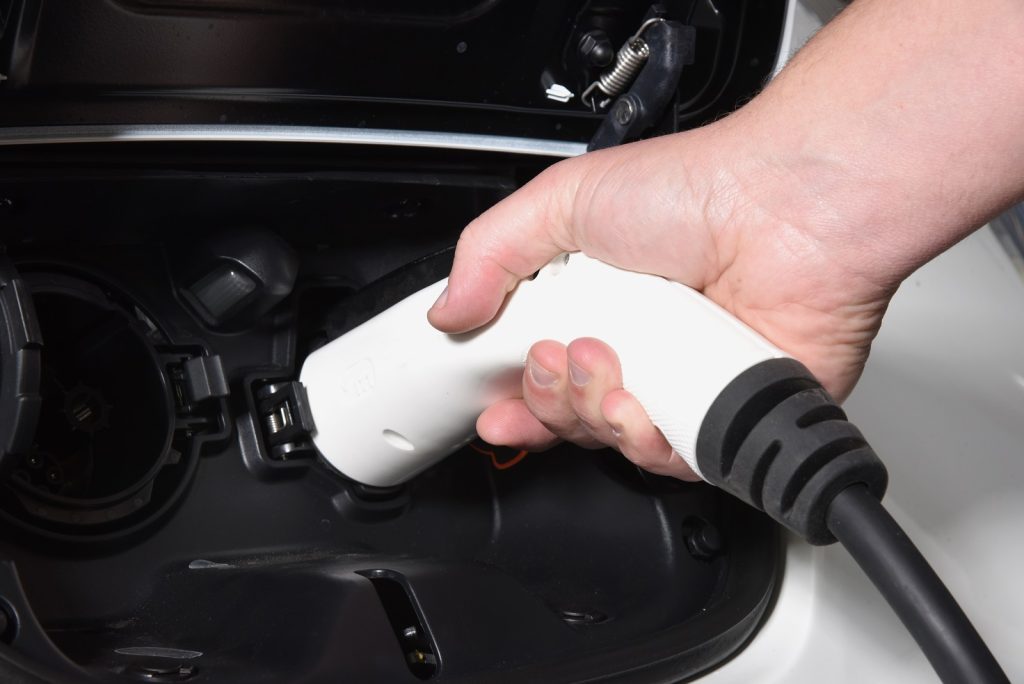
A new INL study on charging in cold temperatures suggests that industry and electric vehicle drivers are still facing charging challenges in colder climates
The new study was posted last week by the journal Energy Policy
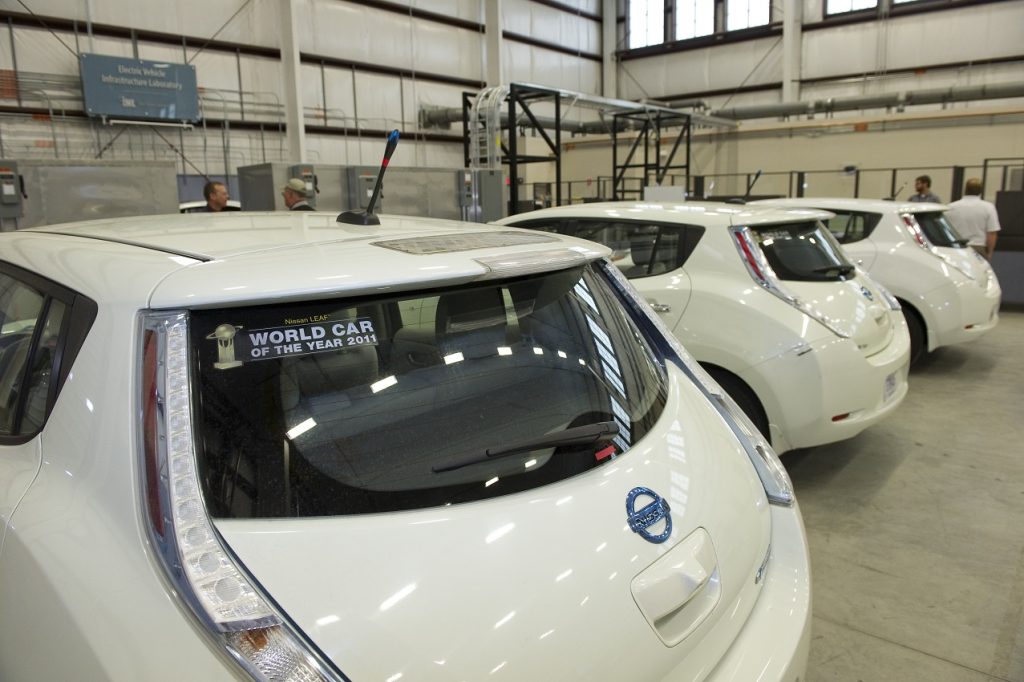
New research from Idaho National Laboratory suggests that electric vehicle drivers could face longer charging times when temperatures drop.
INL firefighters prepare for potentially high wildfire season

Wildland fire season has arrived at the Idaho desert. The INL Fire Department is ready to help employees stay safe during this high-threat time period.
Metal-eating microbes prove cost-effective for recycling rare earth elements
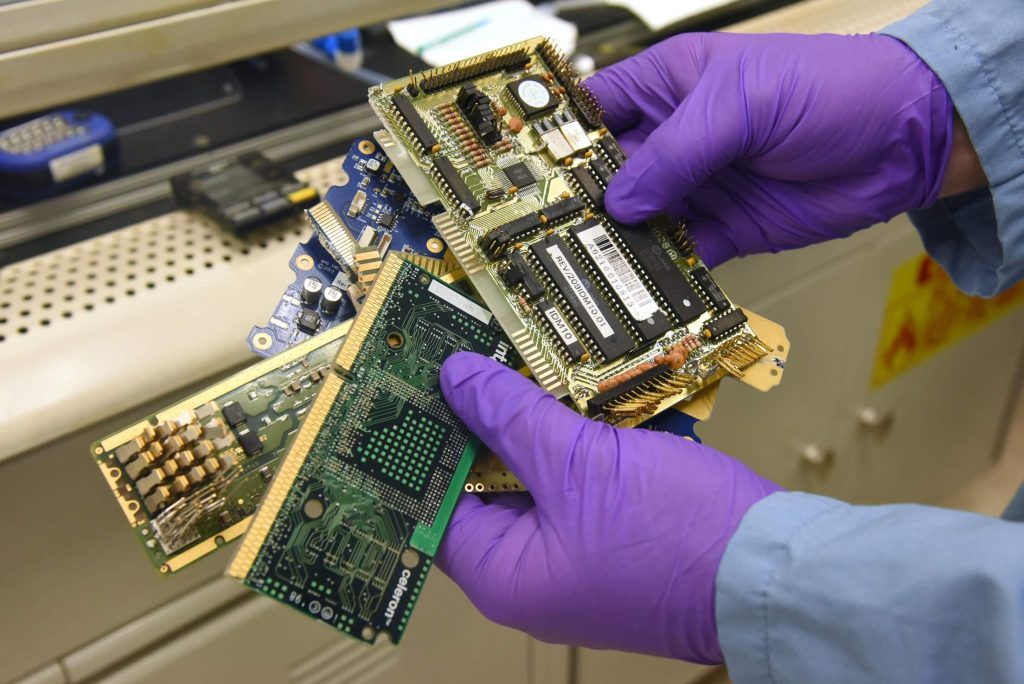
Researchers at INL have developed an economical way to recycle rare Earth elements (REEs) using a bacterium called Gluconobacter oxydans.
Looking to the salvage yard for rare-earth elements
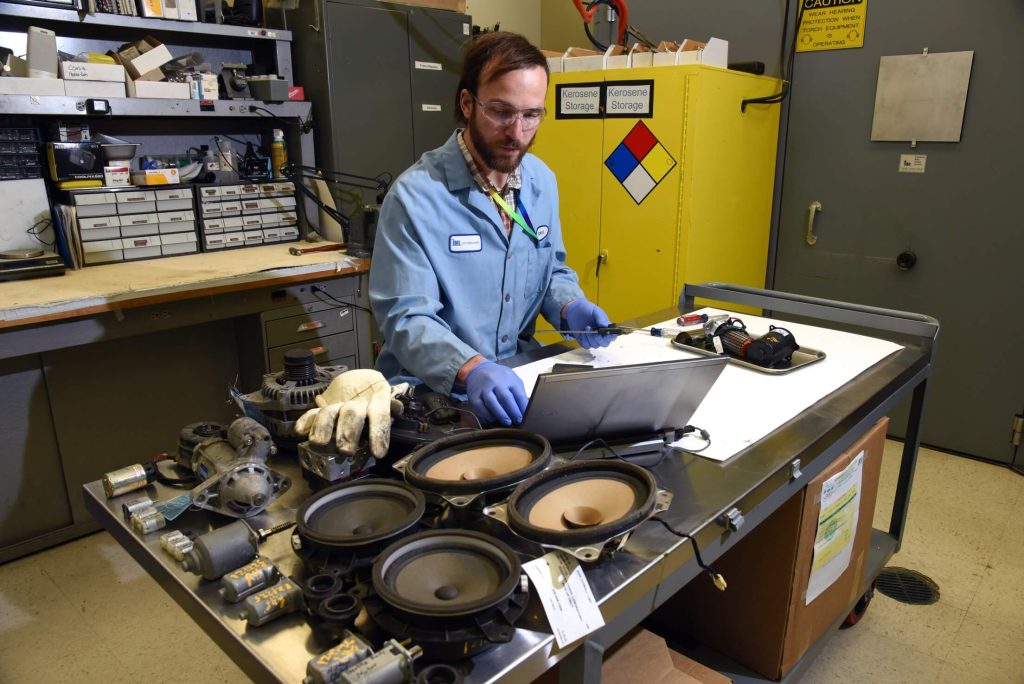
INL is looking to the salvage yard to see what might be lurking under the hoods and in the doors of lcars and trucks in the search for rare earth elements.
Researchers ensuring battery studies translate from lab bench to real world
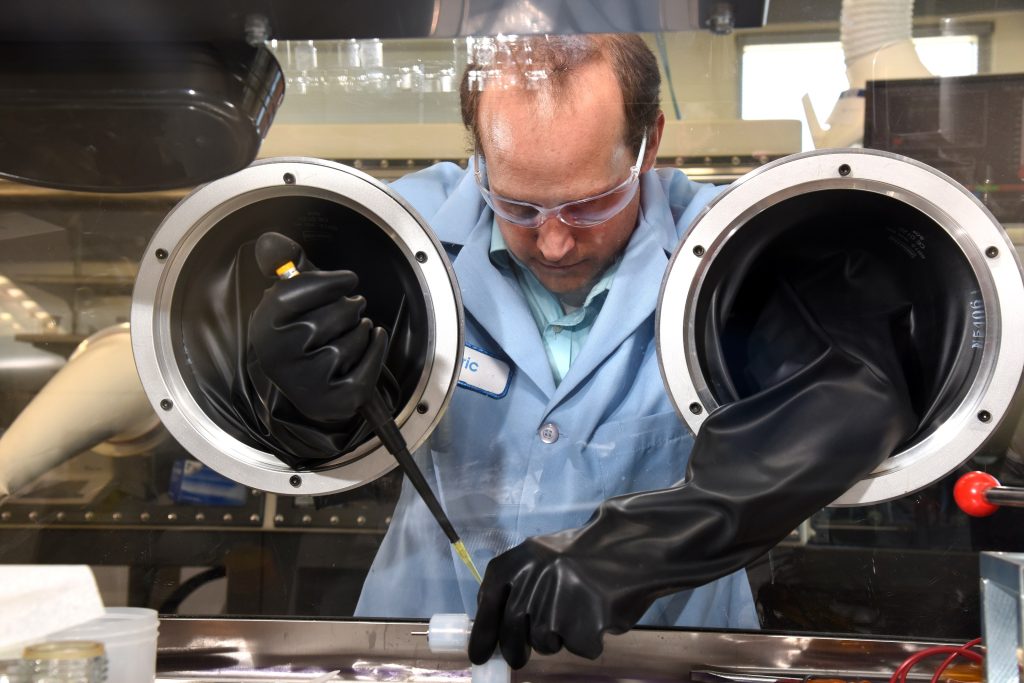
For almost three years, INL has been involved in Battery500, a U.S. Department of Energy-sponsored initiative to develop high energy, long-life batteries.
Advancing high temperature electrolysis: Splitting water to store energy as hydrogen

INL researchers have discovered a way to store excess energy so it can be released back onto the power grid when it is needed.
